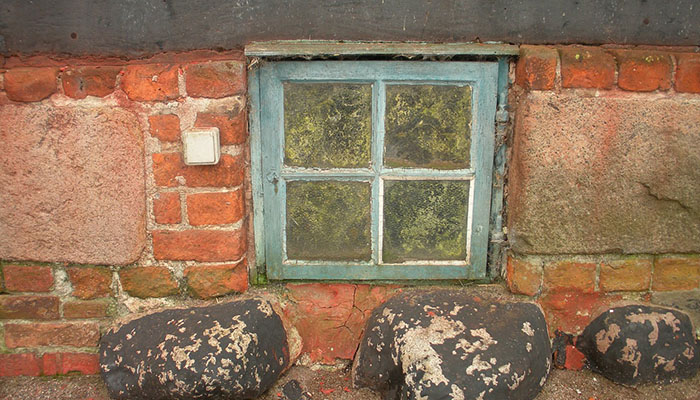Molds reproduce by means of tiny spores; the spores are invisible to the naked eye and float through outdoor and indoor air. Mold may begin growing indoors when mold spores land on surfaces that are wet. There are many types of mold, and none of them will grow without water or moisture.
When mold is in your home, or buildings on your property, it is important to identify the source of it. In this article, we will discuss why mold is developing in your home, where you might find it.
Mold Belongs Outdoors, Not Inside Your Home
Molds are an organic component of the environment, necessary for the decay and eventual rejuvenation of dead materials. When moisture is present, molds are common underneath leaves, around dead or dying tree trunks, and throughout the outdoors.
Nevertheless, mold spores can find their way indoors, interacting with moisture and developing into a problem for homeowners and families. Health problems related to mold include:
- Allergic reactions: sneezing, runny nose, itchy eyes, etc.
- Coughing, wheezing, and other upper respiratory issues
- Redness and skin reactions
- Complications with asthma
- Other health issues are being researched and discovered
Mold belongs outdoors, but if your family is suffering from allergies that seem to be exasperated by being inside, it is possible mold is hiding somewhere in your home. If you suspect mold in your house, it is important to contact a professional contractor as soon as possible.
Where is Mold Hiding in My Home?
Wherever there is moisture, there is the potential for mold. Mold hides is the same places in your home that you would find water damage, high humidity, or poor drainage. Some of those areas include:
- Attics where roofs are leaking
- Underneath kitchen and bathroom sinks
- On window sills and inside window panes
- Around bathtubs and showers
- In basements, crawlspaces, and foundation walls
- Floors and subfloors, especially where there was previous water damage
- Under and around kitchen appliances
It is important to periodically check these areas for mold, as well as excess moisture. Even if you do not see or smell mold, if moisture is present, the potential for mold exists. Mold can develop within 48 hours of the occurrence of water damage.
What Can I Do About Indoor Moisture?
The key to preventing mold is eliminating moisture. From high humidity to leaking appliances, moisture can result from a number of sources. If you suspect you have mold, or notice moisture issues, a professional residential contractor can help you identify and correct the source or sources. Contact us for more information regarding mold remediation and moisture eradication.


